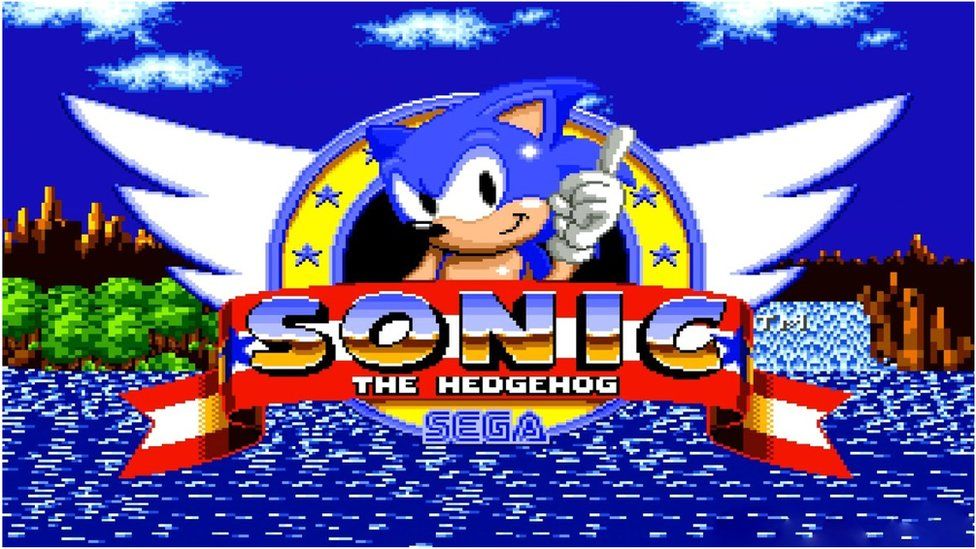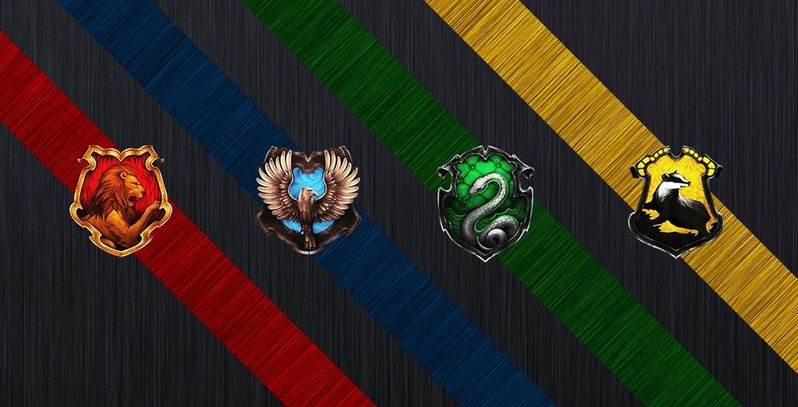Sonic the Hedgehog burst onto the video game scene in 1991, becoming an instant icon for SEGA surpassing race and gender and things like that.
The Genesis of Sonic the Hedgehog
In the midst of the late 20th-century gaming boom, businesses yearned to make a lasting impression on the sector. A character that could compete with Nintendo’s Mario’s rising popularity was required for SEGA. Thus, the idea for Sonic the Hedgehog was born.
Related: Which Sonic Character Are You?
Crafting an Icon: The Design and Personality
A competition among SEGA’s artists was held in search of a new mascot, with the goal of developing a figure that would represent the brand in the same manner as Mario did for Nintendo. The end result was a speedy, anthropomorphic blue hedgehog wearing red shoes. His design highlighted his agility, and the shape of his quills suggested the character’s aerodynamic nature. He personified both youth and rebellion.
Furthermore, his striking blue color wasn’t only a matter of taste. The hue served as a reference to SEGA’s emblem, making Sonic the face of the company.
From Concept to Console: Sonic’s Debut
The time had come to unveil Sonic to the world after the design was complete. SEGA quickly incorporated their new mascot into a game environment, highlighting his speed and agility. Sonic’s first game, which involved navigating loops, gathering golden rings, and battling the evil Dr. Robotnik, revolutionized the genre of platformers. Not only did you have to finish the levels, but you also had to do so quickly and stylishly.
The Need for Speed: Sonic’s Rivals
Given Sonic’s exceptional speed, it makes sense that fans and enthusiasts frequently discuss his racing prowess. How would he perform in a race against other quick characters, both from his realm and from other ones? While speed continues to be his defining characteristic, his adaptability and resiliency are highlighted by the different obstacles, environments, and foes he encounters in his games. However, only few can match the blue blur’s raw speed.
The Legacy Continues: Sonic’s Evolution
Sonic’s persona has undergone various changes over time. Sonic has changed and progressed from 2D side-scrolling adventures to 3D environments, from silent dashes through loops to vocal conversations with other characters. He’s also not just a lone wolf; as the Sonic universe has grown over time, new characters like Tails, Knuckles, and Amy Rose have been included.
However, despite all of these modifications and the addition of fresher gameplay elements, Sonic’s core qualities have not changed. He personifies quickness, independence, and the will to overcome all challenges.
Concluding: More Than Just a Mascot
In retrospect, the development of Sonic was more than just a move against Nintendo. It was a proclamation by SEGA demonstrating their capacity for innovation and the creation of captivating gaming experiences. Sonic the Hedgehog represents speed, an era, and a lasting icon in the huge world of video games. He is more than just a character.




